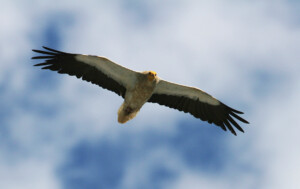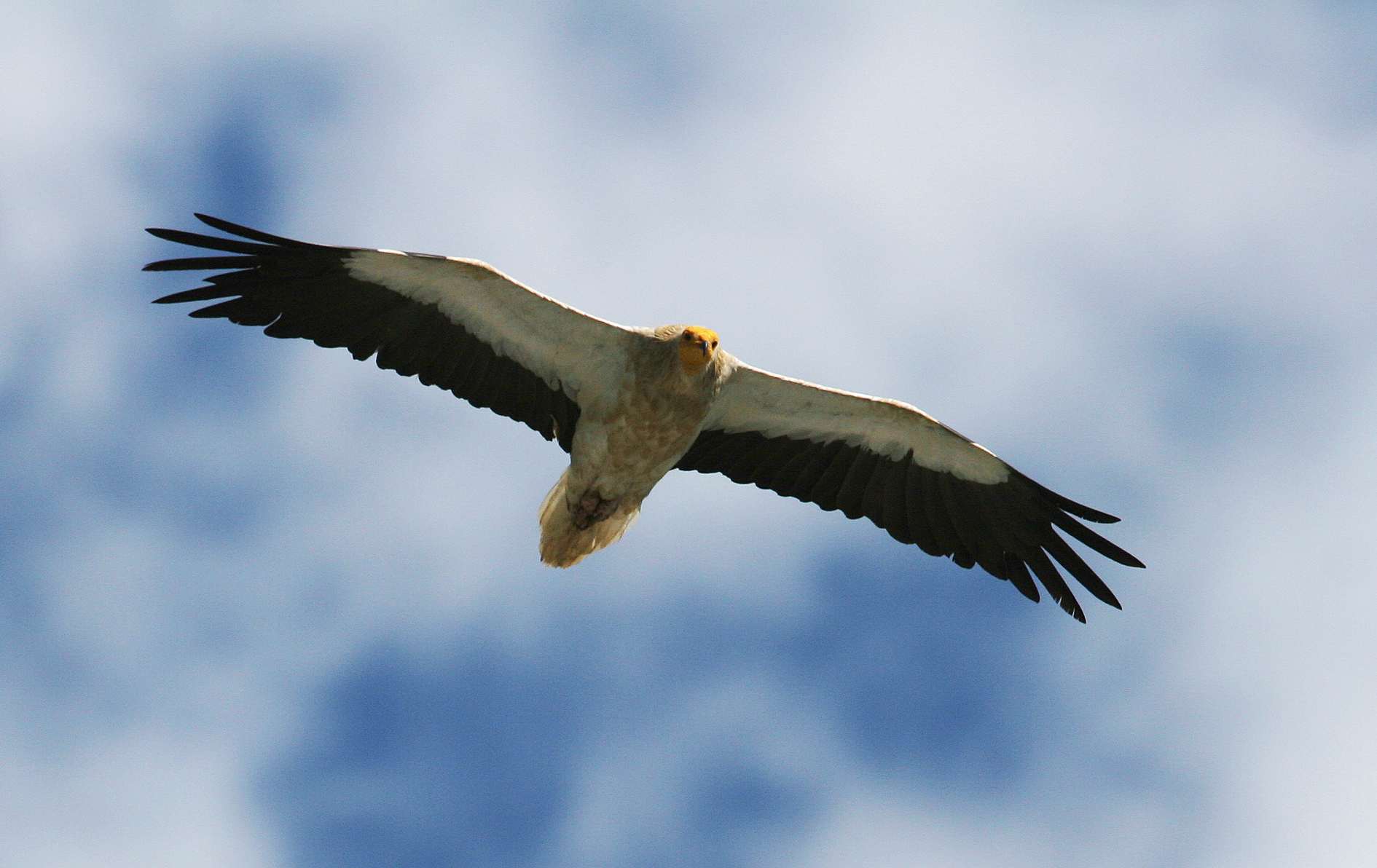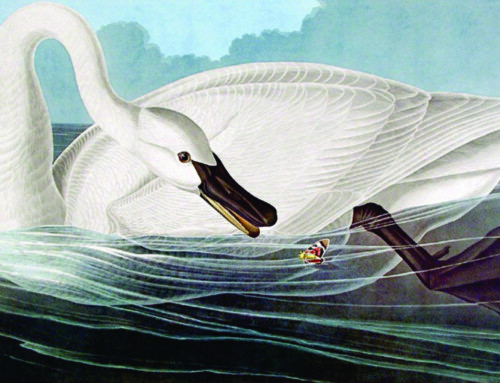LINKED PAPER  Long-term conservation efforts at flyway scale can halt the population decline in a globally endangered migratory raptor. Oppel, S., Dobrev, V., Arkumarev, V., Saravia‐Mullin, V., Bashmili, K., Bino, T., Bounas, A., Chardin, A., Dobrev, D., Duro, K., Kapsalis, E. 2023. Animal Conservation. DOI: 10.1111/acv.12917. VIEW
Long-term conservation efforts at flyway scale can halt the population decline in a globally endangered migratory raptor. Oppel, S., Dobrev, V., Arkumarev, V., Saravia‐Mullin, V., Bashmili, K., Bino, T., Bounas, A., Chardin, A., Dobrev, D., Duro, K., Kapsalis, E. 2023. Animal Conservation. DOI: 10.1111/acv.12917. VIEW
Many migratory species across the world are threatened. Life is inherently risky when the annual routine involves journeys of thousands of kilometres across many political borders, with the risk of getting shot in one country, poisoned in another, and electrocuted in the remaining dozen countries that are crossed on the way to more benign wintering climates.

Figure 1. Population trend of Egyptian Vultures.
Conservationists often despair when they are faced with the plight of migratory species. With enormous effort, a species can be protected in either its breeding or wintering areas, but those efforts come to nothing if the carefully protected birds then vanish during migration in other parts of the world.

Figure 2. An adult Egyptian Vulture that died after consuming poisoned bait in Bulgaria © BSPB.
The Egyptian Vulture, Europe´s smallest and only long-distance migratory vulture, is a typical example of a threatened migratory species: in eastern Europe, the population plummeted from >600 pairs in the 1980s to ~50 pairs in 2018, with many threats along the entire flyway from Europe via the Middle East to Africa contributing to the decline. Since 2010, conservation managers in Bulgaria and Greece tried to save the Balkan breeding population, but until 2018, the population continued to decrease.

Figure 3. Conservationists in Greece and Bulgaria now use dog patrols to find and remove poisoned baits from the countryside to save vultures © E. Bantikou (HOS).
An ambitious project funded by the European Union then expanded the work along the flyway, involving 22 partners from 14 countries across three continents. A new paper in the journal Animal Conservation published on 21st November 2023 now shows that the population in the Balkans has stabilised since the conservation work was expanded from Europe to the Middle East and Africa.

Figure 4. Anti-poaching units in Lebanon document the extent of illegal killing of migratory birds © SPNL.
Led by conservationists from the Bulgarian Society for the Protection of Birds/BirdLife Bulgaria, the project team reduced the risk of poisoning, electrocution, and direct persecution in 14 countries along the flyway and initiated a species reinforcement programme in the Balkans by releasing captive-bred individuals donated by the European Endangered Species Programme (EEP) of the European Association of Zoos and Aquaria (EAZA). As a consequence of this work the annual mortality rate of Egyptian Vultures decreased by 2% for adult birds and by 9% for juveniles. Although these changes seem minuscule, they had an encouraging effect: since 2018 the Egyptian Vulture population on the Balkans has not decreased further but remained stable around 50 breeding pairs.

Figure 5. Juvenile and immature Egyptian Vultures from the reinforcement programme © Volen Arkumarev (BSPB).
Arresting the decline of a threatened migratory bird species is a major success, but the team cannot rest on its laurels just yet. Much of the success requires ongoing work to remove poison from the countryside, to reduce the illegal killing of birds, and to manage the ever-expanding network of poorly located and designed powerlines that function as death traps for birds. Persistent efforts to reduce these threats are necessary along the entire flyway to facilitate the recovery of the population, and funding is sorely needed to sustain these efforts. However, for once there is a glimmer of hope that with a large team of dedicated people working at truly intercontinental scales, even species that migrate thousands of kilometers can potentially be rescued – a feat that seemed impossible only a few years ago.

Figure 6. The project team equipped >70 Egyptian Vultures with tracking devices to understand their migration and the threats to the population © Steffen Oppel (RSPB).
More about the project…
Egyptian vulture New LIFE project – Layman’s Report Video. VIEW
Documentary “The last of the Egyptian Vultures”. VIEW
Documentary on monitoring in Turkey. VIEW
Image credit
Top right: Egyptian vulture © LIPU Michele Mendi.





